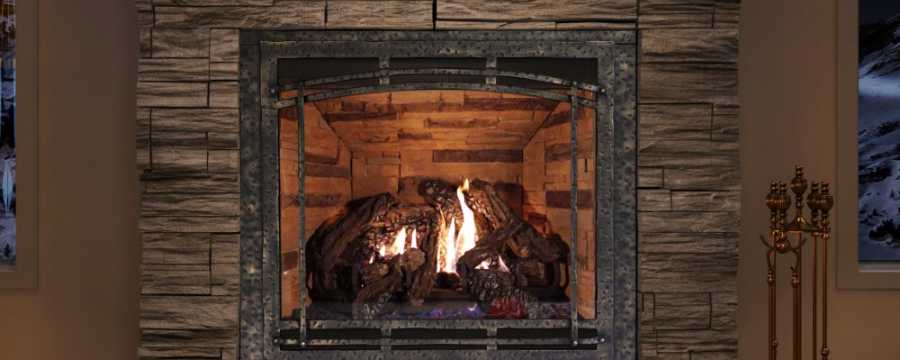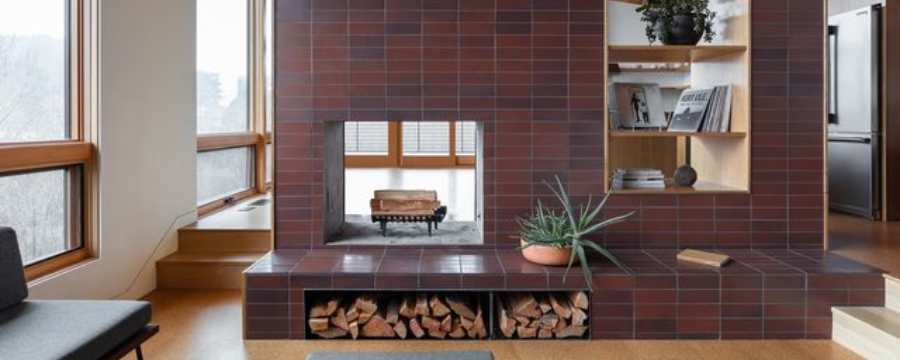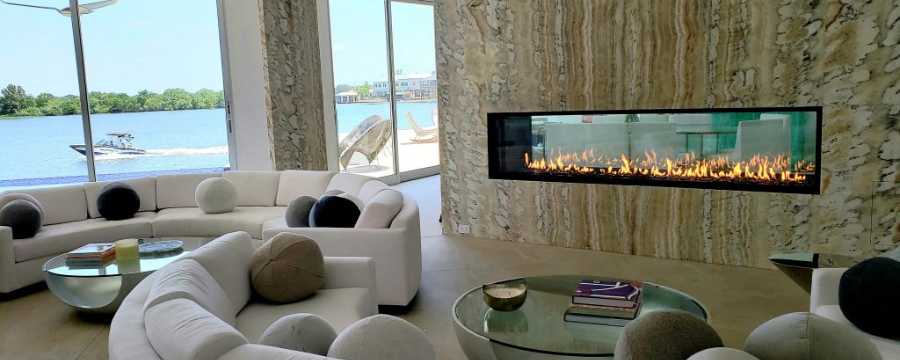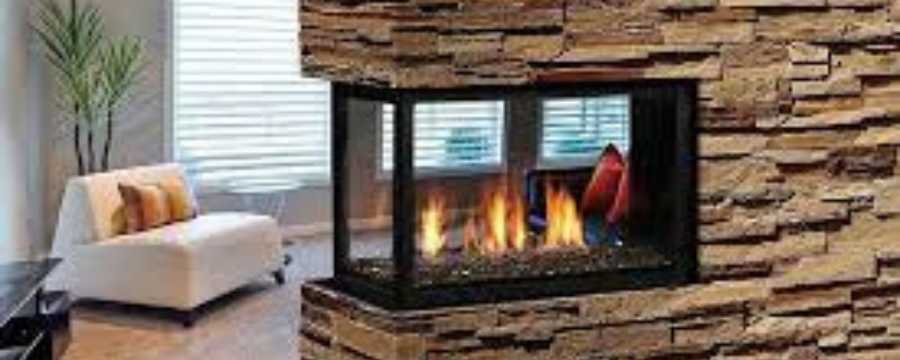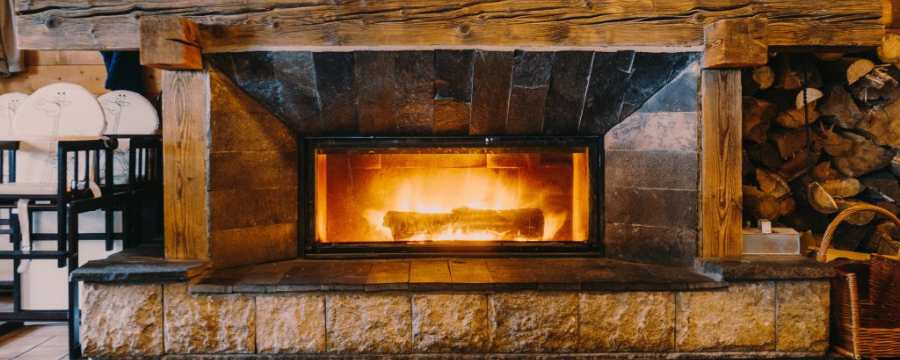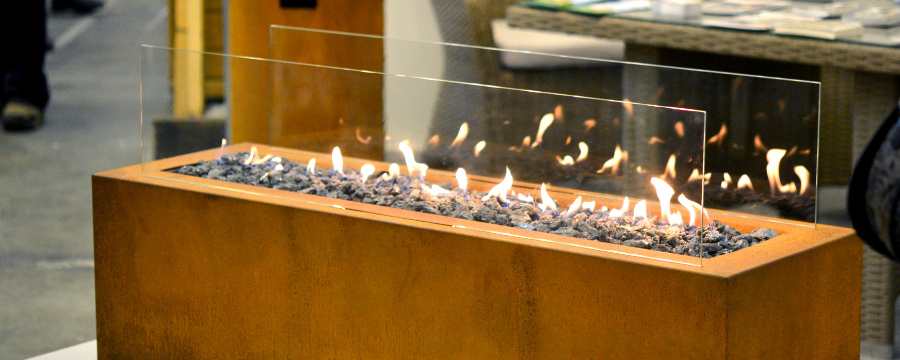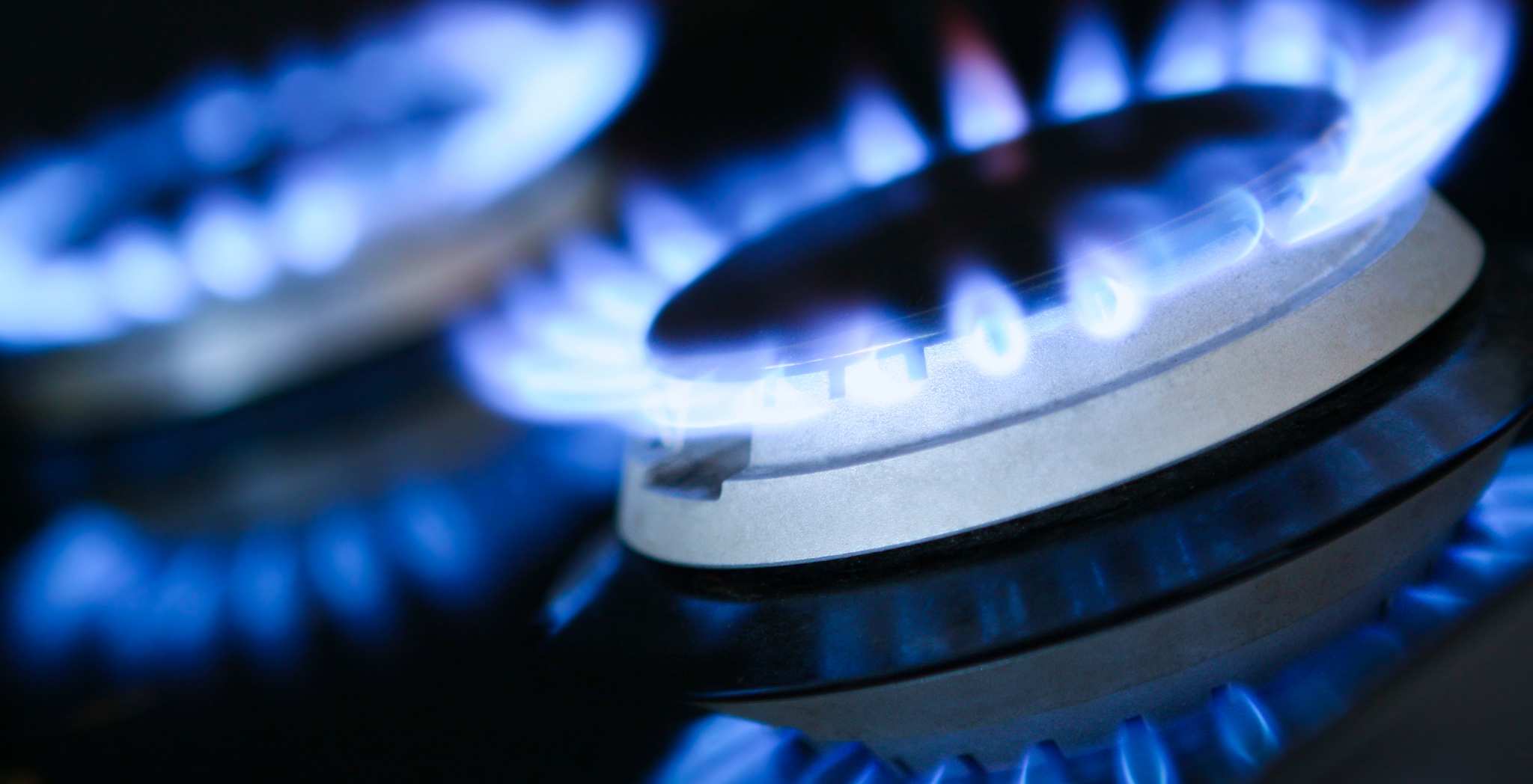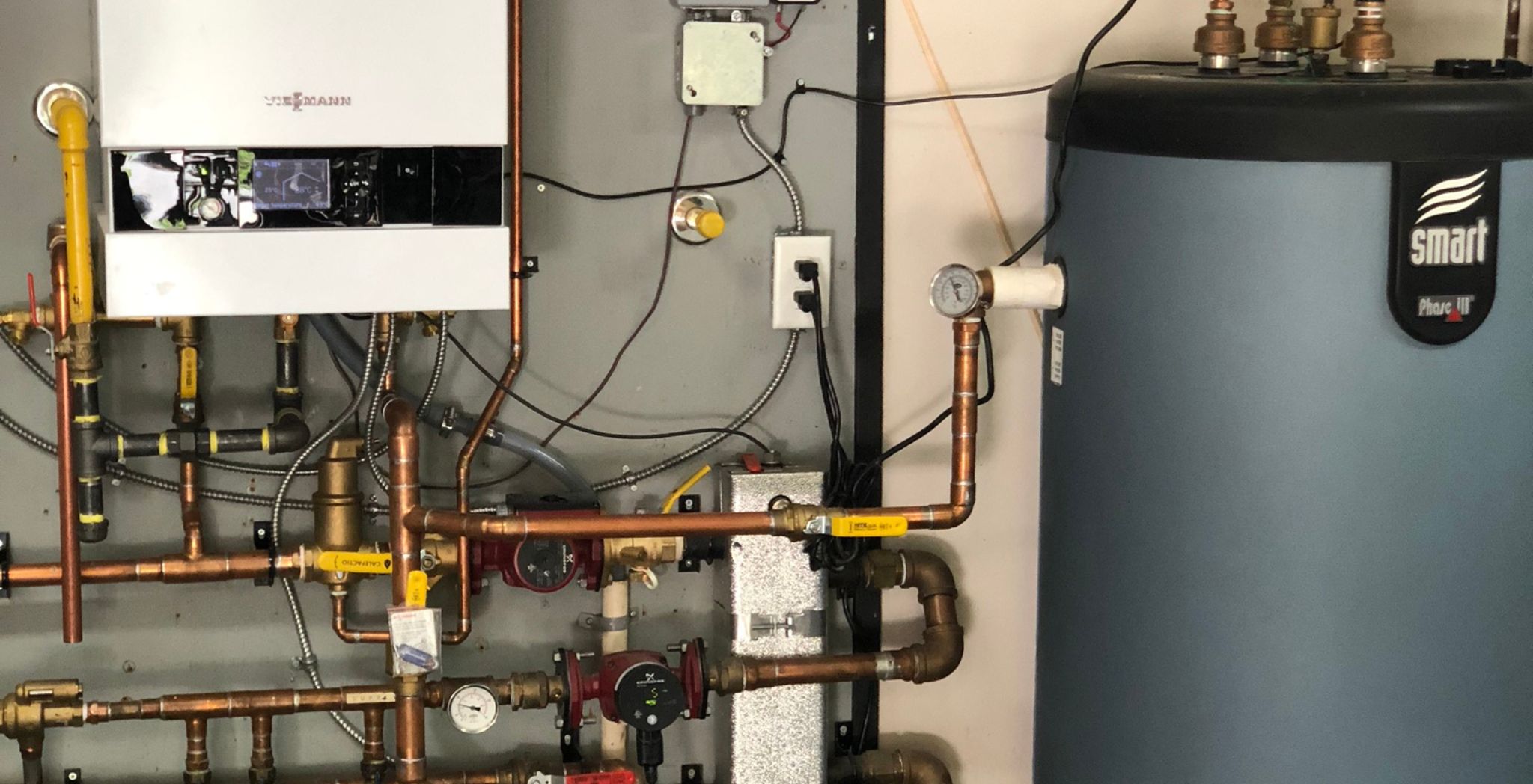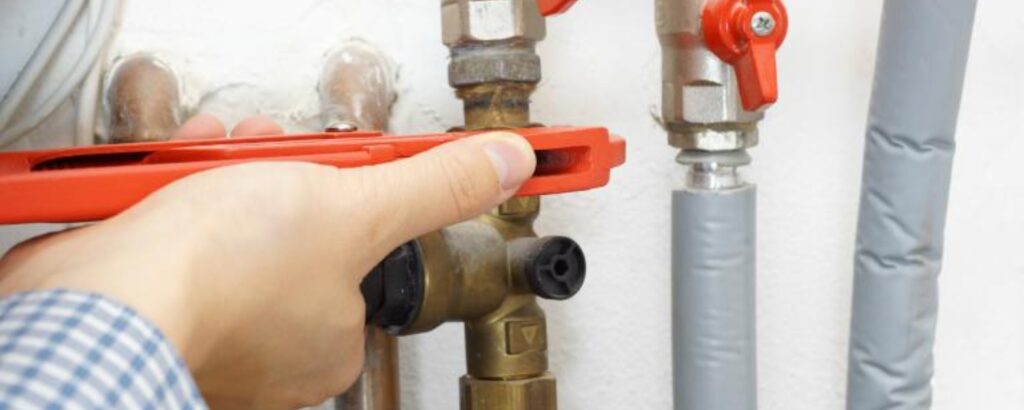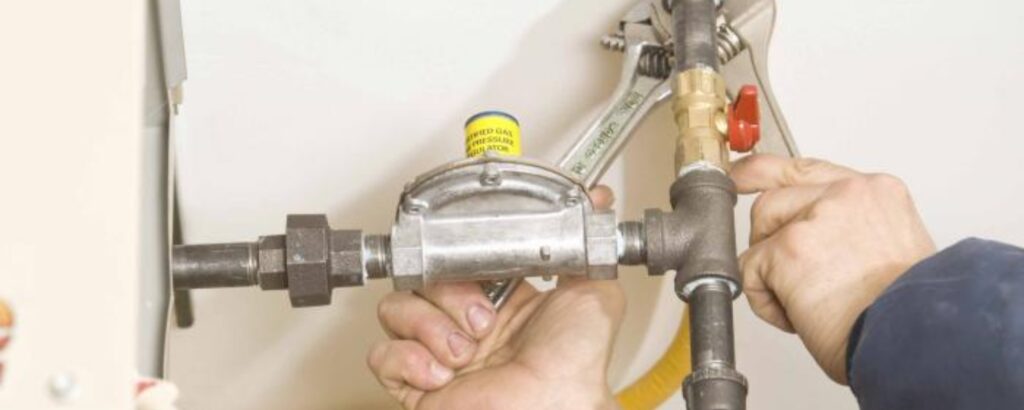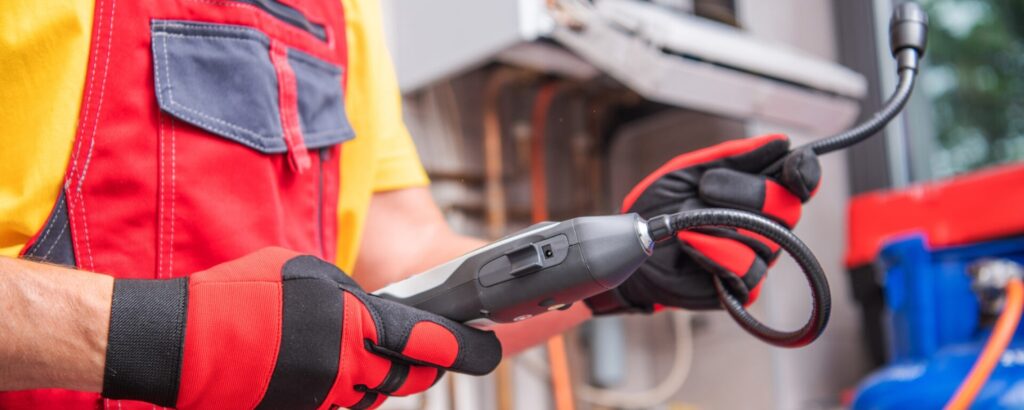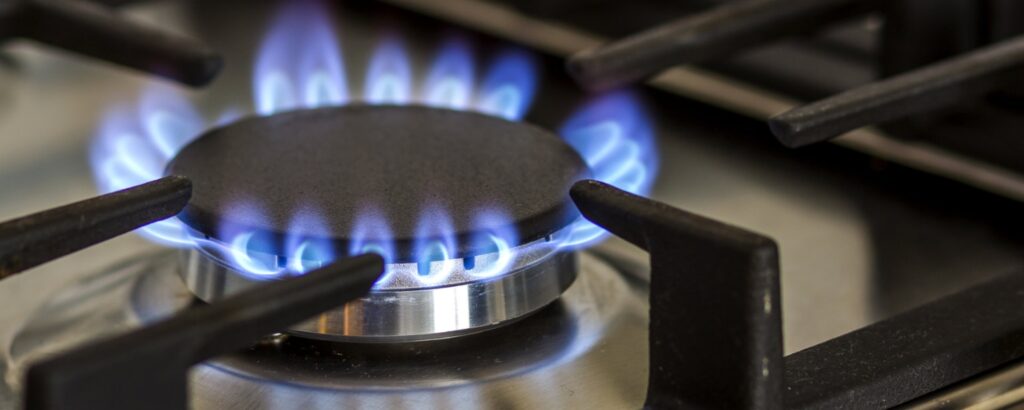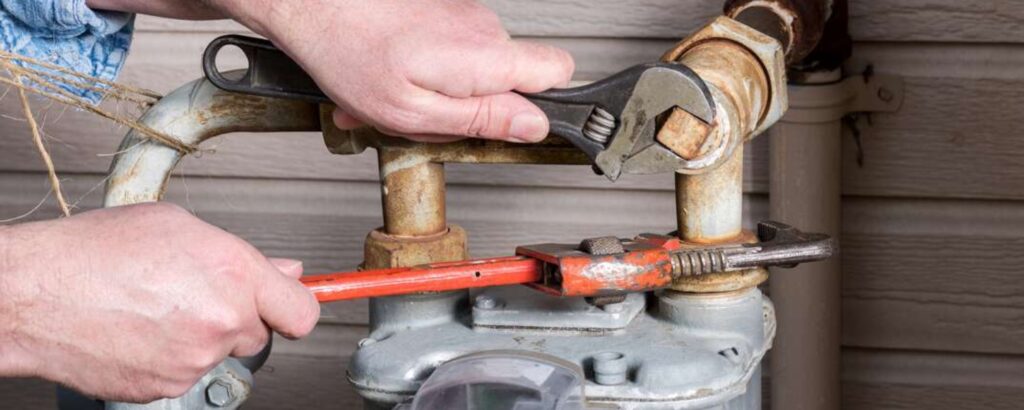Gas line installation is a critical process that fundamentally affects the functionality of various appliances within homes and businesses.
Further, from heating systems and water heaters to stoves and fireplace gas line installation, a properly installed gas line provides a reliable energy source, ensuring that these appliances operate efficiently and safely.
Due to the inherent risks associated with gas, such as leaks and potential explosions, gas line installation requires a detailed understanding of the process, adherence to local regulations, and a solid commitment to safety.
Whether you’re a homeowner looking to manage a small installation or a contractor overseeing a larger project, this comprehensive resource will equip you with the knowledge needed to carry out the task effectively.
We will explore everything from initial planning and material selection to the intricacies of installation and essential safety considerations. By the end of this guide, you’ll be well-prepared to handle your gas line installation confidently.
1. Why Proper Gas Line Installation Matters
When it comes to installing a gas line, the stakes are high. Moreover, proper installation is crucial for the efficient operation of your appliances and the safety of the building’s occupants.
Additionally, a poorly installed gas line can lead to hazardous gas leak, which can cause significant damage or even fatalities if not addressed promptly. Therefore, understanding the importance of proper installation and following best practices cannot be overstated.
A well-installed gas line ensures that gas is delivered to your appliances in the correct amount and at the proper pressure.
This precision minimizes the risk of incomplete combustion, which can produce dangerous carbon monoxide. Moreover, by adhering to local codes and regulations, you can avert legal troubles and ensure that your installation passes inspections, giving you peace of mind that your setup is safe and reliable.
2. Preparing for Gas Line Installation
A. Assessing Your Needs and Location
The first step in preparing for gas line installation is thoroughly assessing your needs. This involves identifying all the appliances connected to the gas line and understanding their specific requirements.
For instance, different appliances have varying BTU (British Thermal Unit) demands, and it’s crucial to calculate the total BTU requirement to determine the appropriate pipe size and material.
Equally important is the location of the gas line for the natural gas furnace. The layout should be planned to minimize the distance between the gas meter and the natural gas furnace to reduce pressure drops.
Additionally, the route should avoid areas where future construction might occur, or the line could be accidentally damaged. Accessibility for future maintenance should also be considered in the layout planning stage.
B. Choosing the Right Materials
Selecting the suitable materials for your gas line is a vital step in the installation process. The materials you choose will influence the gas line’s durability, safety, and longevity. Here are some commonly used materials:
This traditional material is known for its strength and durability. It’s highly resistant to physical damage and is commonly used in residential and commercial installations. Black iron pipe is particularly suitable for high-pressure systems.
Copper is often used in residential gas line installations due to its flexibility, which makes it easier to work with in tight spaces. However, compared to black iron, it’s more susceptible to physical damage and corrosion.
CSST is a newer material that has grew in favor due to its flexibility and ease of installation. It is instrumental in complex installations where the gas line must navigate obstacles. However, CSST must be adequately grounded to prevent electrical hazards.
Each material has pros and cons, and the choice often depends on the installation’s specific requirements, including the type of gas used (propane or natural gas), the pressure in the system, and local building codes.
C. Understanding Local Codes and Regulations
Due to the safety risks involved, gas line installation is subject to strict regulations. Before beginning any work, you must familiarize yourself with the building codes in the area and regulations that apply to your area.
These codes dictate various aspects of the installation, including the materials used, the required pipe sizing, and the procedures for testing and inspecting the gas line.
In many jurisdictions, obtaining a permit is mandatory before installing a gas line. The process typically involves submitting a detailed plan for approval.
Once the installation is complete, a certified professional inspects it to ensure the work complies with the relevant codes and standards. Working with a licensed contractor can help navigate these regulatory requirements, ensuring the installation is legal and safe.
3. Step-by-Step Gas Line Installation
A. Planning the Layout
The success of a gas line installation begins with meticulous planning. The gas line layout should be designed to optimize safety, efficiency, and ease of maintenance.
Determine the most direct route from the gas meter to the appliances. The route should avoid potential hazards such as areas prone to heavy foot traffic, locations where future construction is planned, and places where the line might be accidentally punctured or damaged.
Additionally, the layout should minimize the number of bends and turns in the pipe. Each bend can reduce the flow rate and increase the pressure drop, which can affect the performance of your appliances. Using gradual curves instead of sharp angles can help maintain a consistent gas flow where bends are unavoidable.
B. Shutting Off the Gas Supply
Before starting the installation, safety must be your top priority. This begins with shutting off the main gas supply to the building. This step is crucial to prevent accidental leaks or gas buildup during installation.
Further, locate the main shut-off valve, which is typically near the gas meter, and turn it to the off position. Confirm that all gas appliances are turned off and ensure the area is well-ventilated.
If you are still determining the location of the shut-off valve or how to use it, consult your gas provider or a professional installer. Only install once you know the gas supply is securely turned off.
C. Measuring and Cutting the Pipe
Once the layout is planned and the gas supply is safely turned off, the next step is to measure and cut the pipes to the required lengths. Additionally, accurate measurements are critical to ensure that each section of the pipe fits correctly and that there are no unnecessary gaps or overlaps.
When measuring the pipe, consider the length required for each fitting, including any elbows, tees, or couplings. Use a pipe cutter to make clean, precise cuts. After cutting, it’s essential to deburr the edges of the pipe to eliminate any pointy corners or metal shavings that could interfere with the connection.
D. Connecting the Pipes
With the pipes cut to size, the next step is connecting them. Begin by applying a pipe thread compound or Teflon tape to the pipe’s male threads. Moreover, this helps create a tight seal, preventing leaks at the connections. Ensure the compound or tape is applied evenly around the threads, covering the entire threaded surface.
Using a pipe wrench, tighten each connection securely. However, be careful not to over-tighten, as this can strip the threads or crack the pipe, leading to leaks. If you’re using CSST, follow the manufacturer’s instructions carefully to ensure the connections are grounded correctly.
E. Installing the Shut-Off Valve
A shut-off valve should be installed near each appliance connected to the gas line. This valve isolates the appliance from the gas supply, essential for safety and maintenance. The valve should be easily accessible and marked so that it can be quickly turned off in an emergency.
When installing the shut-off valve, ensure it is oriented correctly according to the flow direction marked on the valve body. Tighten the connections using the same method as the other pipe connections, providing a secure, leak-proof fit.
F. Pressure Testing the Gas Line
After all the connections have been made, testing the gas line for leaks is crucial before turning on the gas supply. This is typically done using a pressure gauge. Attach the gauge to the gas line, pressurize the system using air (not gas), and monitor the pressure for a set period. If the pressure remains stable, the system is leak-free. If the pressure drops, it indicates a leak that must be located and repaired before proceeding.
Pressure testing is a critical step in the installation process and should always be completed. A gas line that passes the pressure test is far less likely to develop leaks in the future, ensuring the safety of your installation.
G. Final Connections to Appliances
Once the gas line has passed the pressure test, you can make the final connections to your appliances. Each connection should be made according to the appliance manufacturer’s instructions, ensuring that the connection is secure and that there are no leaks.
After connecting each appliance, including the gas hot water tanks, conduct a final leak test using a gas leak detector or soapy water. Furthermore, apply the soapy water to the connection points, and if bubbles form, it indicates a leak that needs to be addressed. Once all connections are leak-free, turn on the gas supply and test the appliances’ operation.
4. Safety Considerations in Gas Line Installation
A. Avoiding Common Installation Mistakes
Gas line installation is a task that leaves little room for error. Moreover, even minor mistakes can have serious consequences, so it’s essential to be aware of common pitfalls and how to stay away from them. Some of the most frequent errors include:
Using a pipe that is too small for the gas demand can restrict flow, leading to inefficient appliance operation and potential safety hazards. Always calculate the total BTU demand and select the pipe size accordingly.
Leaks often occur at connection points where the pipes are not adequately sealed. Ensuring all connections are tightened correctly, and that thread compound or Teflon tape is used appropriately can help prevent leaks.
Skipping the necessary permits and inspections can lead to legal issues and increased safety risks. Moreover, always follow local codes and regulations to ensure your installation is compliant and safe.
B. Ensuring Proper Ventilation
Proper ventilation is essential when installing gas lines, especially in enclosed spaces. Gas appliances produce carbon monoxide (CO), a neutral in color and odorless gas that can be deadly in high concentrations. Ensuring that your installation includes adequate ventilation will help prevent the buildup of CO and protect the building’s occupants.
This may involve installing venting systems that direct exhaust gases outside or ensuring existing ventilation systems function correctly. In some cases, additional ventilation may be required, such as when installing multiple gas appliances in a single room or working in a space with limited air circulation.
C. Grounding CSST Pipes
Ensuring the system is grounded correctly is crucial if your installation includes corrugated stainless steel tubing (CSST) for gas boilers. CSST is vulnerable to damage from electrical surges, such as those caused by lightning strikes. A surge can puncture the tubing without proper grounding, leading to dangerous gas leaks.
Grounding the CSST system involves connecting it to the building’s electrical grounding system. A qualified professional should do this to ensure that the grounding is practical and meets all local electrical codes.
D. Regular Maintenance Tips
Regular maintenance of your gas line system is critical to ensuring its long-term safety and efficiency. Even a well-installed gas line can develop issues over time, so monitoring the system and addressing any problems as soon as they arise is essential.
Have your gas line inspected by a professional at least once a year. However, this can help identify potential issues before they become serious problems.
Periodically check all connections for signs of wear, corrosion, or leaks. Additionally, addressing these issues early can prevent more significant problems down the road.
Ensure that all gas appliances are functioning correctly. If an appliance is not working as expected, it could be a sign of an issue with the gas line that needs to be addressed.
5. Troubleshooting and Maintenance
A. Identifying Gas Leaks
Regularly monitoring your gas line for leaks is crucial, even after careful installation. Moreover, gas leaks can be dangerous, but they are often detectable through various signs:
A hissing sound near a gas line or connection point can indicate a leak.
Natural gas line installation has a distinctive odor, similar to rotten eggs, which is added for safety. If you detect this smell, it’s a clear sign of a leak.
Outdoor gas leaks can kill plants and grass around the leak area.
Initially, if you suspect a gas leak, immediately shut off the gas supply and speak with an expert for inspection and repair. Never attempt to locate or repair a gas leak alone, as it can be hazardous.
B. Regular Maintenance Practices
Maintaining your gas line system involves more than just addressing issues as they arise. Proactive maintenance can extend the life of your system and ensure that it continues to operate safely and efficiently. Here are some maintenance practices to keep in mind:
Conduct routine inspections of your gas line system, paying particular attention to connections, joints, and any exposed pipe sections. Moreover, look for signs of wear, corrosion, or damage.
Invest in a gas leak detector, which can help you quickly identify any leaks in the system. Check for leaks regularly, especially after performing maintenance or when you notice any changes in appliance performance.
Ensure all gas appliances are maintained according to the manufacturer’s recommendations. This includes cleaning burners, checking pilot lights, and inspecting ventilation systems.
C. Hiring Professionals for Maintenance
While many aspects of gas line maintenance can be handled independently, some tasks are best left to professionals.
A licensed gas fitter or plumber gas line installation should conduct annual inspections, pressure testing, and repairs.
These professionals have the tools and expertise to ensure that your gas line system is in top condition and that any issues are resolved safely and effectively.
Conclusion
Gas line installation is a complex and critical task that demands careful planning, precise execution, and a strong emphasis on safety.
Whether installing a new gas line or maintaining an existing system, following the guidelines the instructions in this handbook will aid in ensuring a successful and secure installation.
By understanding the materials, methods, and safety measures, you can confidently manage your gas line project and enjoy the advantages of a trustworthy and efficient energy source for your home or company.
Remember, while experienced DIYers can handle some aspects of gas line installation, consulting with or hiring a licensed professional is always advisable.


















